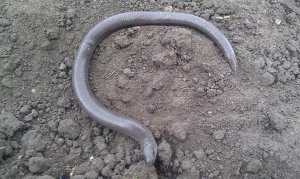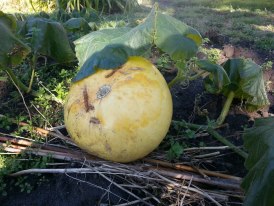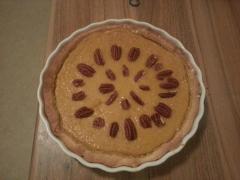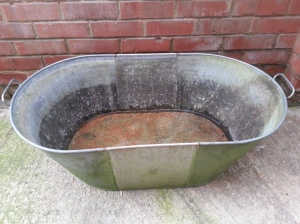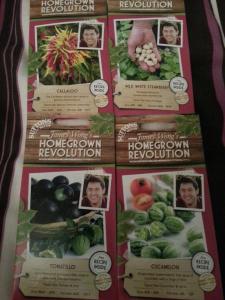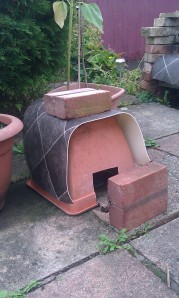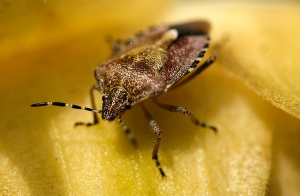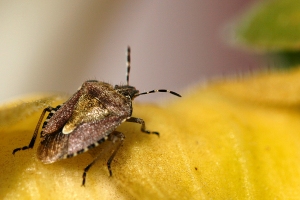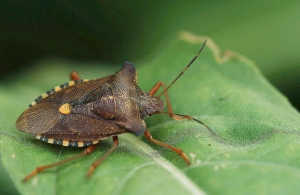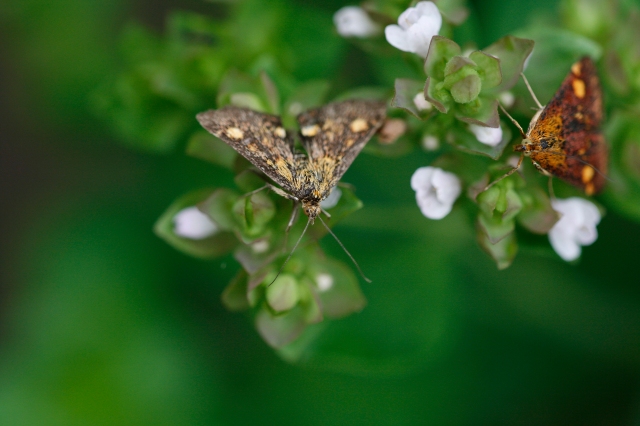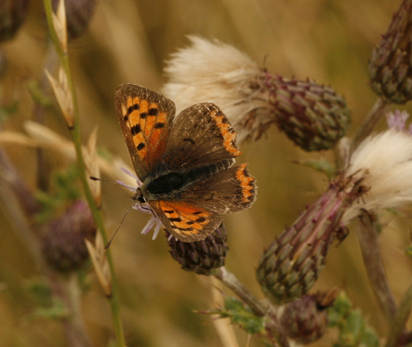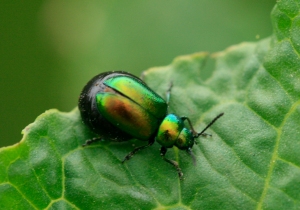I have started to take much more notice of plants lately, especially edible ones, after discovering garlic mustard last year. It is really easy to spot and delicious in salads.
As a complete noob, I usually look up each plant individually by using a Reader’s Digest book that narrows it down by flower colour and number of petals, or checking online.
I recently came across this website, which gives a different perspective to identifying plants – the “patterns approach”. I ‘d already learned from investigating garlic mustard that all species in its family Cruciferae are edible, but this guide teaches you their characteristics so that you can identify plants in the family easily. Although he is based in the US, the characteristics of the plant families he outlines are applicable anywhere. The illustrations are great and its fun to discover really new and simple things like how a clover actually has lots of tiny Pea flowers.
If you’re interested in foraging for edible plants, I’d recommend the book “Seaweed And Eat It” by Fiona Houston and Xa Milne, which I won in a competition totally by chance, but I’m pretty glad I did. In black and white and with only one small picture of each plant, it is not so great for identifying plants, but it gives you an idea of what the most common things to look for are, so you know what to check for in a guide-book, and has many simple recipe ideas to use them in.
